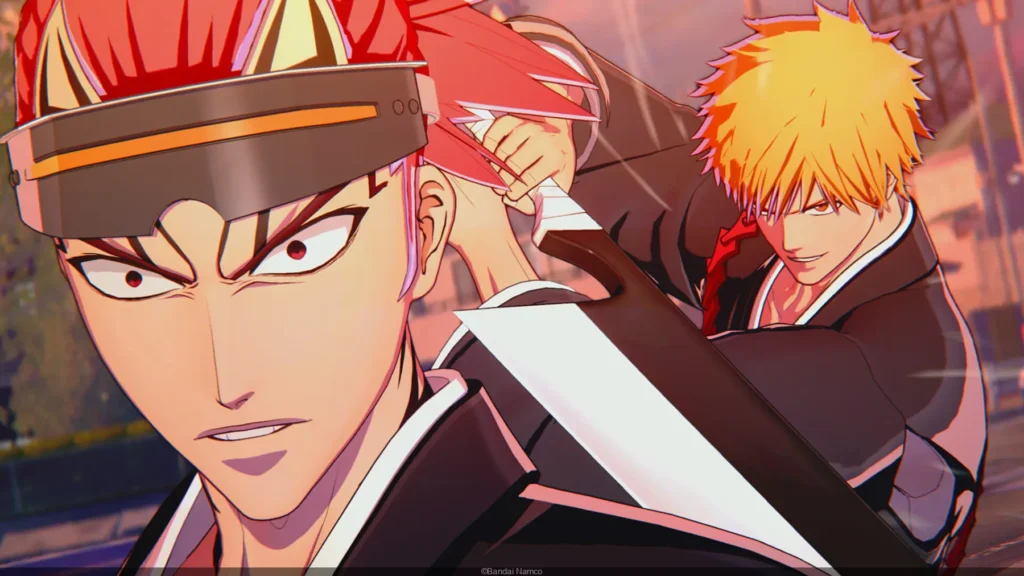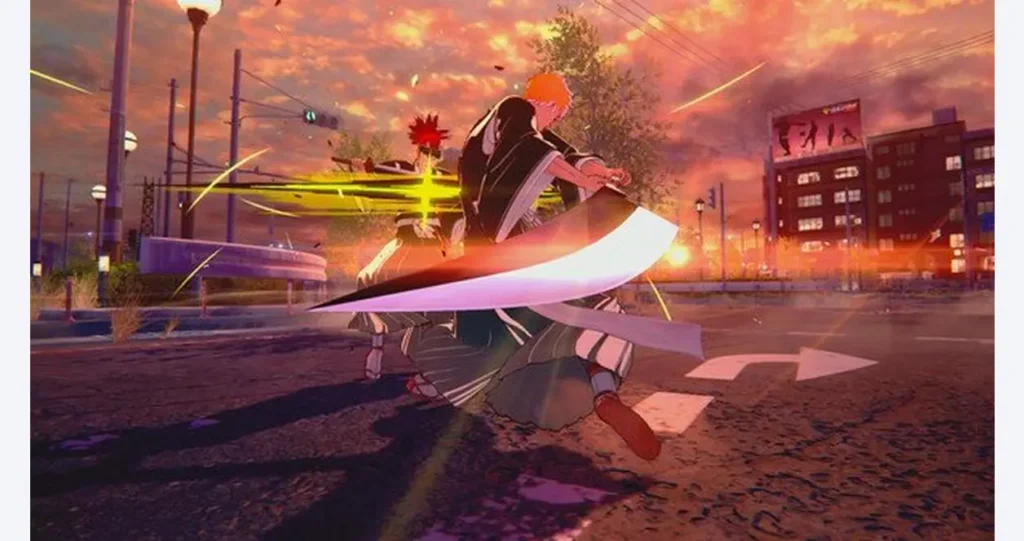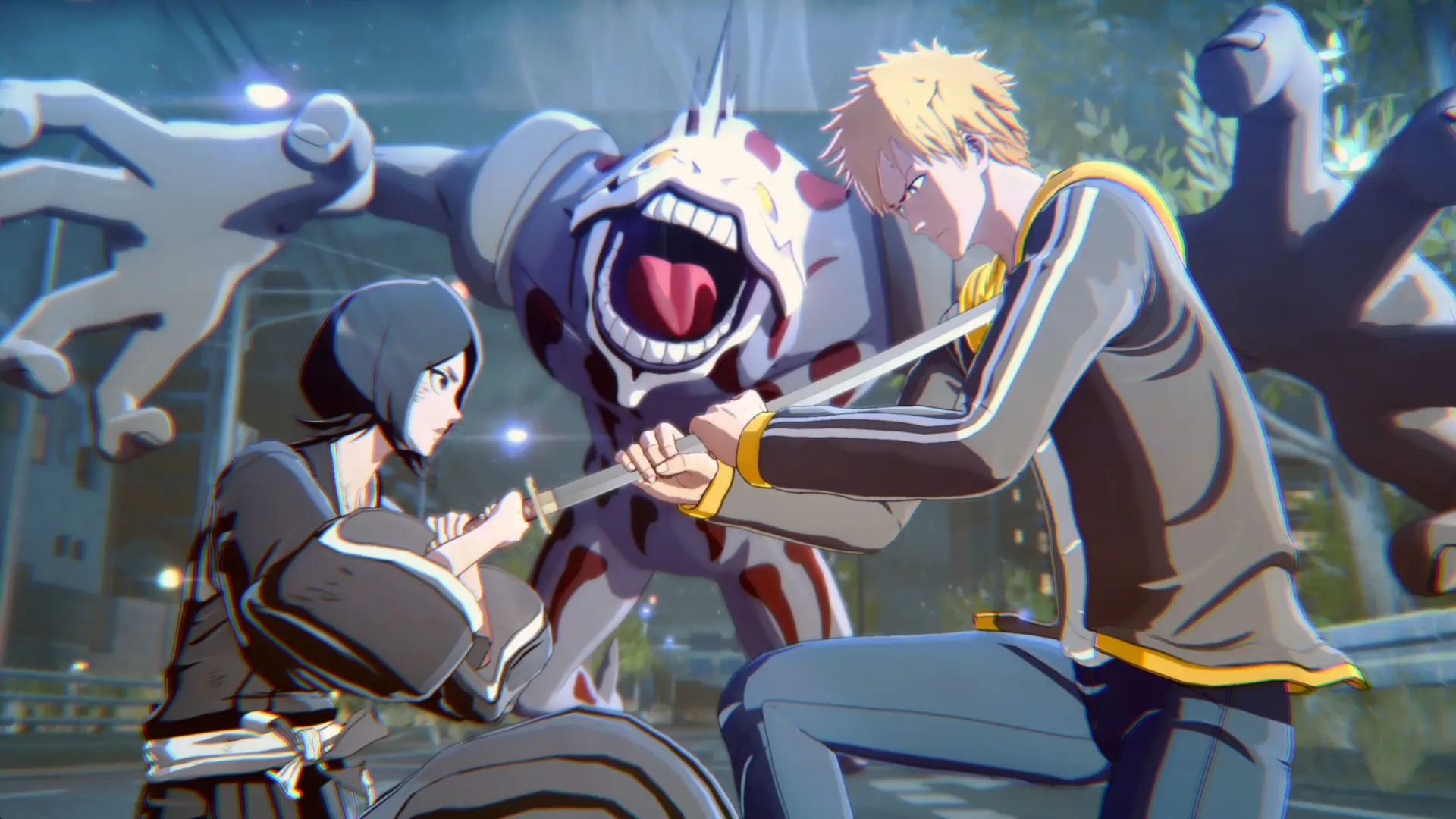Bleach has always stood out as one of the flashiest shonen anime series, often grouped alongside massive franchises like Naruto and One Piece. Yet, its track record with arena fighters hasn’t always been remarkable. Bleach Rebirth of Souls seeks to change that reputation, aiming to rise above the repetitive templates of its predecessors. While its story mode may swing between a budget visual novel and a visually arresting showcase of the series’ signature flair, it’s the game’s intricate combat system that ultimately elevates the experience.

Developer Tamsoft has poured significant effort into designing a combat system that rewards strategic play and character familiarity. While not without flaws, it’s a clear step up from previous arena fighters associated with the franchise.
Combat That Feels Earned, Not Given
For newcomers, the initial tutorial can feel overwhelming due to a barrage of anime-specific terminology explaining health bars, counters, and super moves. But at its core, Rebirth of Souls is a 3D arena brawler that blends the life stock mechanics of Super Smash Bros., the precision swordplay of Sekiro, and the unique visual identity of Bleach.

Unlike many other games in the genre that lean heavily on button-mashing or overpowered super attacks, this one demands more from the player. Battles feel like a tug-of-war where each victory must be earned through calculated decisions, not by exploiting broken combos.
Satisfying Swordplay and Flashy Moves
Every strike carries weight as players dash and teleport around the arena, landing surprise attacks and breaking defenses. One of the standout elements is how the game wraps text around freeze-framed characters during counters and super moves, adding cinematic flair to every major moment.
Even with Standard Mode, which simplifies input by allowing auto-combos, there’s depth for players who take the time to explore each fighter’s mechanics. Characters like Shinji, with a focus on counter attacks, or Soi Fon, whose aggressive close-combat style and missile arm cannon super move add variety and excitement to each battle.
However, repetition sets in during extended play. Standard Mode can become predictable, with players often defaulting to simple light and heavy combos followed by a super. The game’s reliance on only two main offensive inputs and somewhat unreliable ranged attacks can limit competitive depth. Movement also feels sluggish, with slow dashes and minimal defensive options.
Other titles in the genre offer better solutions for turning the tide of battle through meter management or quick getaways, whereas Rebirth of Souls ties super moves and flash step teleports to combo success. That design choice can be punishing for newer players or those on the defensive, as it’s difficult to build momentum once behind.
Manual Mode: The Core Experience for Competitive Play
Manual Mode stands out as the preferred option for those seeking a serious fighting experience. This mode allows for intricate combos and greater creative expression. Players can cancel out of moves mid-combo, chain together varied attacks, and optimize damage in stylish ways.
This added layer of control helps smooth out some of the rigidness found in Standard Mode. Still, improvements are needed to address inconsistent hit detection, sluggish movement, and the scarcity of defensive tools. These issues can make fights feel unnecessarily restricted, especially in high-stakes encounters.
A Story Mode That Fails to Impress – Mostly
Given the series’ rich narrative and memorable characters, expectations were high for a compelling story mode. Unfortunately, the result is inconsistent at best. Cutscenes, rather than elevating the gameplay, often stall it. Instead of delivering dynamic, anime-quality sequences, many story beats unfold through basic visual novel-style presentations or awkward in-game animations.


In several scenes, characters exchange energy blasts in a way that feels more like low-budget fan creations than official adaptations. Emotional moments lose impact due to stiff animations and environments that resemble early 3D experiments rather than a polished product. Even major battles are frequently undercut by abrupt cuts to black or placeholder effects that break immersion.
Despite these shortcomings, the voice acting remains strong in both Japanese and English. Character models also shine during combat, showing that the developers prioritized in-battle presentation over storytelling. The result is a story mode that feels like a rushed add-on rather than a core experience.
Unexpected Charm Through Filler-Inspired Content
Interestingly, Rebirth of Souls finds unexpected charm in moments that mirror the light-hearted tone of Bleach’s filler episodes. Some of the original story chapters step away from combat to offer comedic scenarios—soccer matches, haunted house dates, or even mock video game tournaments. These moments, while rough in presentation, have a quirky appeal that adds personality to lesser-known characters like Shuhei and Izuru.
These segments offer a reason to explore the roster more fully, giving secondary characters a chance to shine in ways the main narrative fails to do.
Final Verdict
Bleach Rebirth of Souls rises above the average anime arena fighter thanks to a well-crafted and surprisingly deep combat system. Each character feels distinct, and Manual Mode rewards those willing to master its complexity. While the story mode lacks the polish and excitement expected from such a beloved series, the visual flair of combat and creative use of typography help maintain excitement during fights.
Though it doesn’t quite achieve the lofty goal of redefining the anime fighting game genre, Rebirth of Souls still manages to carve out a place for itself as a worthwhile entry—especially for fans seeking stylish action and a more involved fighting experience.
